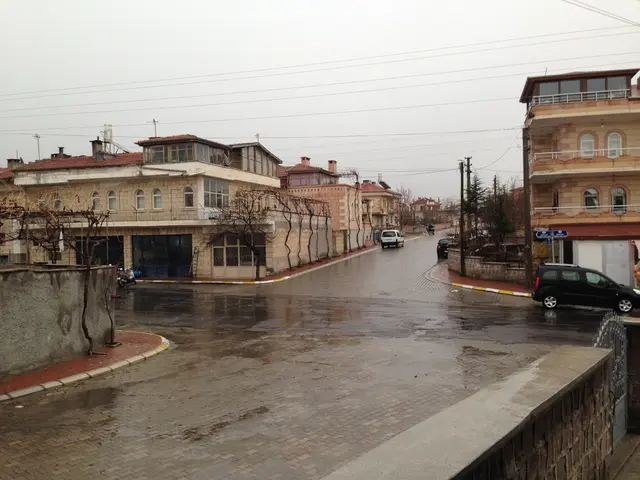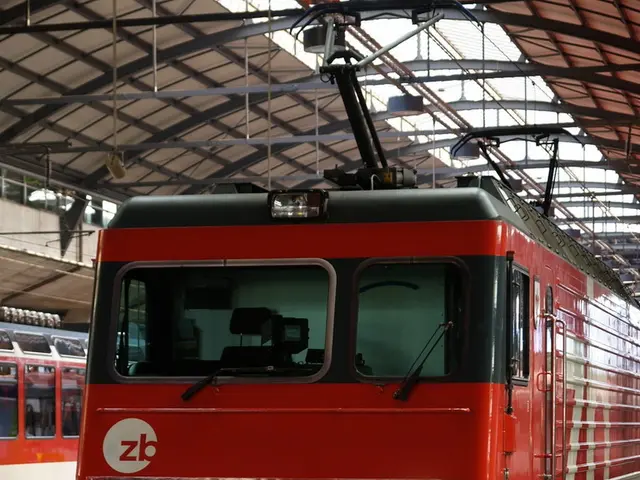Bus fare hike: Journey on 17 bus routes to cost 55 rubles, an elevation of 38 rubles.
In Krasnodar, a hike in public transportation fares is set to take effect as of May 30. The city administration has announced that passengers will now be expected to pay 55 rubles for a single ride, including luggage, on 17 specified bus routes. These routes include numbers 19, 32, 33, 66, 83, 89, 91, 101A, 102A, 120A, 121A, 140A, 154A, 155A, 160A, 163A, and 177.
The change in fares pertains to public transportation operating under gross contracts. These contracts, common in public transport systems, involve the government or local authority paying a fixed fee to service providers, while passenger fares can be regulated independently.
The decision to increase fares has passed public scrutiny and received the approval of legal authorities. It should be noted, however, that the specific rationale for the fare increase has not been detailed in the official announcements.
It is worth mentioning that trolleybus routes 15 and 21 were extended in the city on March 27 in response to a request from residents. Previously, three tram crossings were slated for closure in June and July for scheduled repairs.
While the exact reasons behind the fare increase remain to be elucidated, some potential factors may include escalating operational costs, inflationary pressure, and budgetary constraints. As the regional economy navigates economic challenges in 2025, local authorities may be adjusting fares to remain financially viable.
As a popular tourist destination, the increase in fares could affect both residents and visitors in the Krasnodar region. Official city or municipal announcements will likely provide more precise details about the impacted routes and the reasons for the fare adjustments.
The increase in public transportation fares in Krasnodar applies specifically to services running under gross contracts in the industry, which involves both local authorities and private service providers. This decision comes amidst financial pressures such as escalating operational costs, inflationary pressure, and potential budgetary constraints faced by the region in 2025.








